The Motherload of Spoken Language Lessons
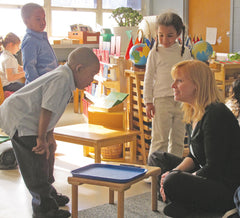 I just got off the phone with Shannon Helfrich, a Montessori primary teacher trainer and one of my mentors (how lucky am I). She was kind enough to review the new Word Study materials and Phonogram Charts we are creating (coming soon!). When we were chatting, we spoke about how best to first introduce all the word study work. It's not via the writing and reading lessons we give but instead, it's through spoken language presentations.
I just got off the phone with Shannon Helfrich, a Montessori primary teacher trainer and one of my mentors (how lucky am I). She was kind enough to review the new Word Study materials and Phonogram Charts we are creating (coming soon!). When we were chatting, we spoke about how best to first introduce all the word study work. It's not via the writing and reading lessons we give but instead, it's through spoken language presentations.
That's right, the foundations for all the great, deep reading comprehension and expression that we hope to nurture in our children is based squarely on talking. But not just any kind of talking; talking in precise, planned, and repeatable ways.
The thing is, many of our students are arriving with inadequate vocabularies...especially in the public schools. And some famous research by Hart & Risley (1999) shows that kids who are exposed to less spoken language when they're little, have much lower exposure to vocabulary as they grow up (see graph and imagine those lines continuing on the same trajectory through adulthood). Not only that but their IQ pretty much follows along those same lines. Imagine an IQ of 117 for the blue line, 107 for the green, and 79 for the red (100 is average)...how scary is that?
 So you can see how important spoken language is for the young child. The good news is, there is a lot we can do about it! Namely, ramp up your spoken language curriculum.
So you can see how important spoken language is for the young child. The good news is, there is a lot we can do about it! Namely, ramp up your spoken language curriculum.
So what do we mean by Spoken Language lessons? Well, there are the informal lessons we give all the time by modeling delicious language. For example by intentionally using words like miniscule instead of small or immaculate instead of clean. There are all the 3-period vocabulary lessons we offer. Then there are the myriad times each day when you just have a natural conversation with a child asking them about their experience and sharing about yours. If you'd like some inspiration on how a natural human conversation really works, check out how these 10-month old twins do it (very cool).
But beyond this, there is a whole closet-full of spoken language lessons we can pull out of our hats whenever the children have a few moments. Because they don't rely on physical materials, these are great to casually use anytime the children need to wait (think lines, putting on sunblock, putting on snow clothes, etc.). These are also ideal for you or your assistant/co-teacher to do when you need to redirect a gang of roving children.
Here's a list of some spoken language lessons you might be missing that could make a huge difference to the long-term literacy growth of your children:
- Listen & Do Command Games: "Let's play listen and do. I'll ask you to do something and then you go ahead and do it."
- Furnishings & surroundings
- Sam, please go and stand next to the aloe vera plant.
- Names of the exercises
- Kyesha, please pick up the wood polishing work.
- Objects within exercises
- Take a few of the objects within an exercise and offer a 3-period lesson.
- Classifications
- Maya, please bring a brush to our rug. Kyle, you bring one too. Now Maya, bring another brush to our rug!
- An entire exercise
- Timmy, see if you can tell me the name of everything in this table scrubbing work. Let's lay it out perfectly first so we can see everything.
- This is great for children who need preliminary practice laying out a more complex practical life activity before they may be ready for the lesson on actually using that material.
- Double commands
- Dawn, please touch the third red rod and pick up the smallest brown stair.
- Spoken classification: Done with a small group or while waiting in line. Start by saying, "Let's play a word game."
- Groups of things (I'm thinking of a fruit. Apple. Grapes...and then the kids join in)
- Compound words (I'm thinking of some words. Star....fish. Starfish. Sun...day. Sunday...and then the kids join in)
- Plurals (I'm thinking of some words. Dog...dogs. Horse...horses and then the kids join in)
- Antonyms (I'm thinking of some words. Day...night. Bright...dark and then the kids join in)
- Conversations at a picture (I just love the art on this wall. I see a lot of flowers. What do you see?)
- True stories
- My sister works in Washington D.C. Let me tell you about the time she got to meet the President.
- Later that week. you put your President cards out on the shelf.
I just want to pause here to elaborate more on why telling a True Story should be a formal lesson. You don't have to just pull these out of your hat (although that is a handy talent to have). You can plan them. For example, if you know you want to introduce the compound word cards and they includes the word foothill that you're not sure your children will know, you might sit down with a few children and tell a true story about hiking in the foothills to the Appalachian mountains on your birthday. Then later that week when you're waiting for children to finish putting on their snow suits you say, "Let's play a word game. I'm thinking of some words...foot...hill. Foothill. Back...pack. Backpack. Birth...day. Birthday. See what I mean. Okay, I'll stop digressing now. Back to the list.
- Enrichment of vocabulary (3-period lessons)
- Parts of the body
- Objects in the environment (furnishings, tile floor, cement wall, etc.)
- Comparatives and superlatives for sensorial materials (thick, thicker, thickest)
I have to pause again because SO MANY PEOPLE MISS THESE SENSORIAL LANGUAGE LESSONS! Don't fall victim to that trap. Once a child has adequate physical experience with a sensorial material, give them the 3-period lesson on how to describe the inherent qualities in the material (e.g., narrow, broad). This language lesson is what solidifies their understanding. Okay, really, I'll stop digressing.
- Sound games
- Beginning sounds (I'm thinking of something on the rug that starts with "mmmm")
- Ending sounds (I'm thinking of something on the rug that starts with "cuh" and ends with "puh")
- Middle sounds (I'm thinking of something on the rug that starts with "nnnn", ends with "tuh," and has the middle sound "uh")
- All the sounds (I'm thinking of something on the rug that starts with "puh", ends with "nnnn", has the middle sound "cuh". Pinecone. Let's see if we can hear all the other sounds in that word.)
- Poetry
- Let's hear a poem called "Title" by "Author". Recite it (memorize it in advance).
- I like to print my poems out on card stock and have a small easel to display the one I want to practice that week. I don't read the card, but I have it on the shelf as a visual reminder to me and my co-teacher that we should remember to do that poem. The older children also like to read it. I try to change the poem (and song) card every week.
- Songs (just like with poetry above)
- Books
- Reading classified books (e.g., At the Market)
- Reading literature (e.g., The Dot)
So, do you see how many lessons there are? If you got together with your co-teacher to practice each one of these (which is about the BEST use of your time), how long would you need? Maybe you could practice just one every day in your prep time and then present it repeatedly to the children the following day. If you do, write a comment and let us know how it's going.
If you're already doing most of these lessons, write a comment and share your tips and tricks or best lessons. Either way, post something and let YOUR VOICE be heard! And if you're really interested, check out our earlier blog post on this topic.
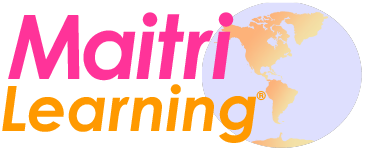




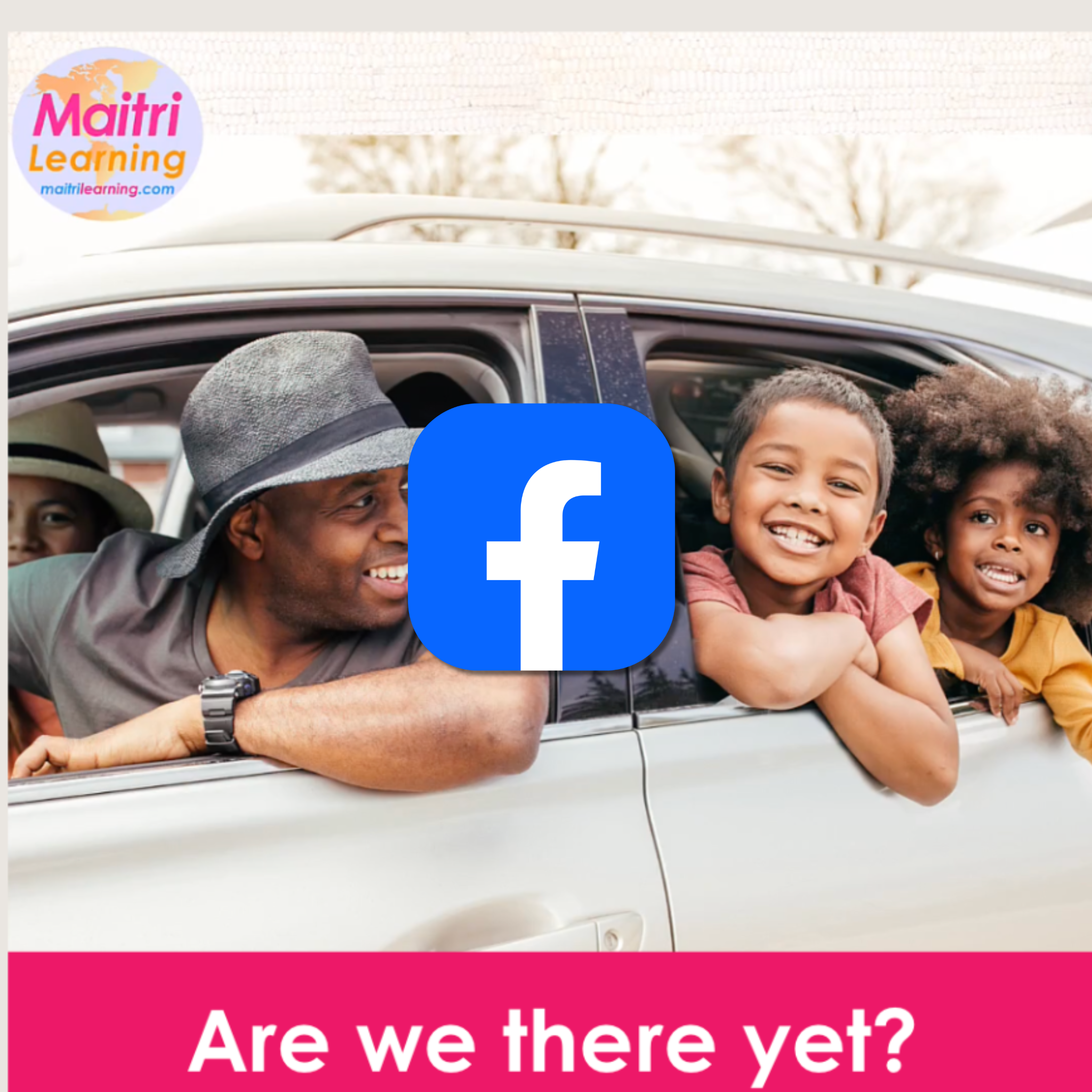
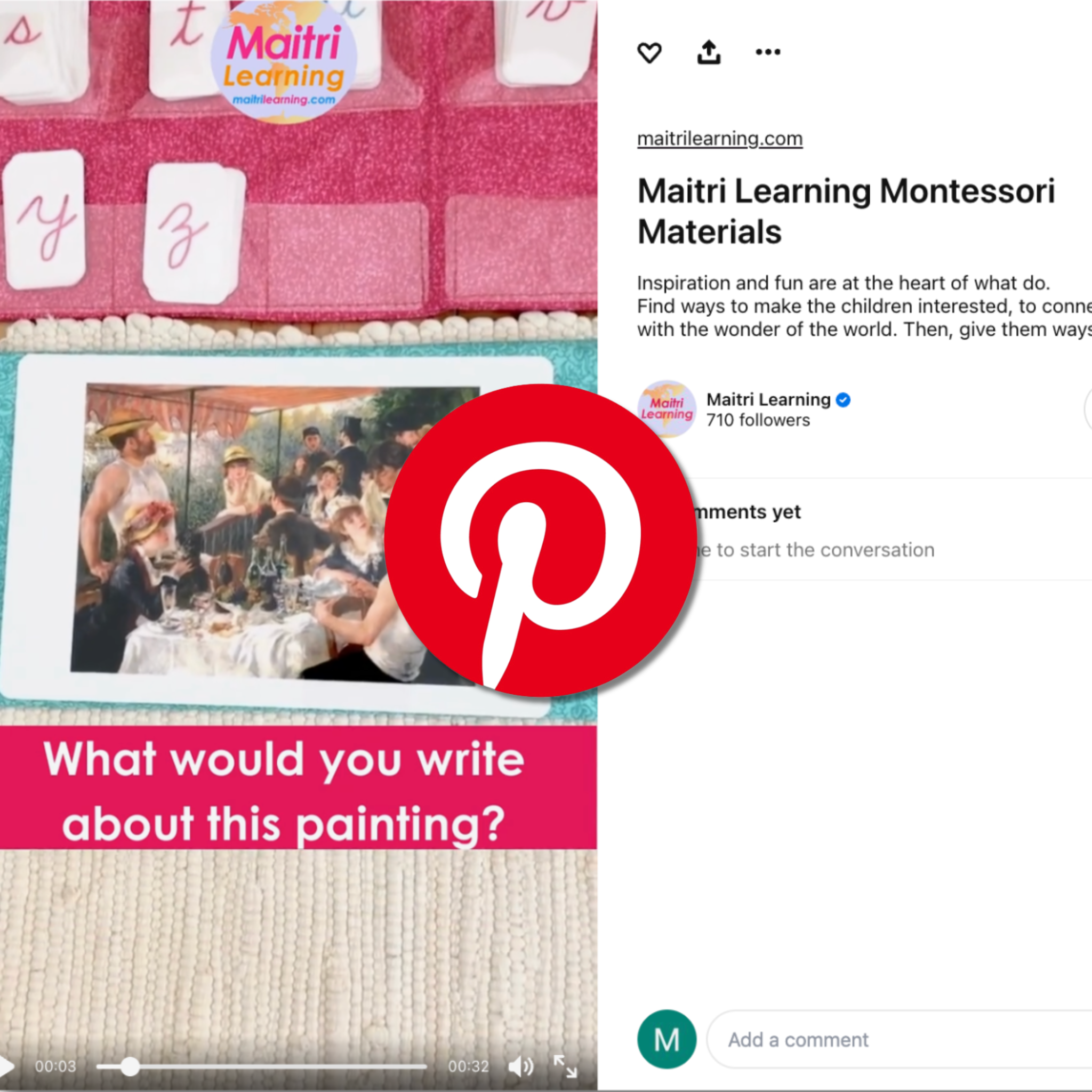
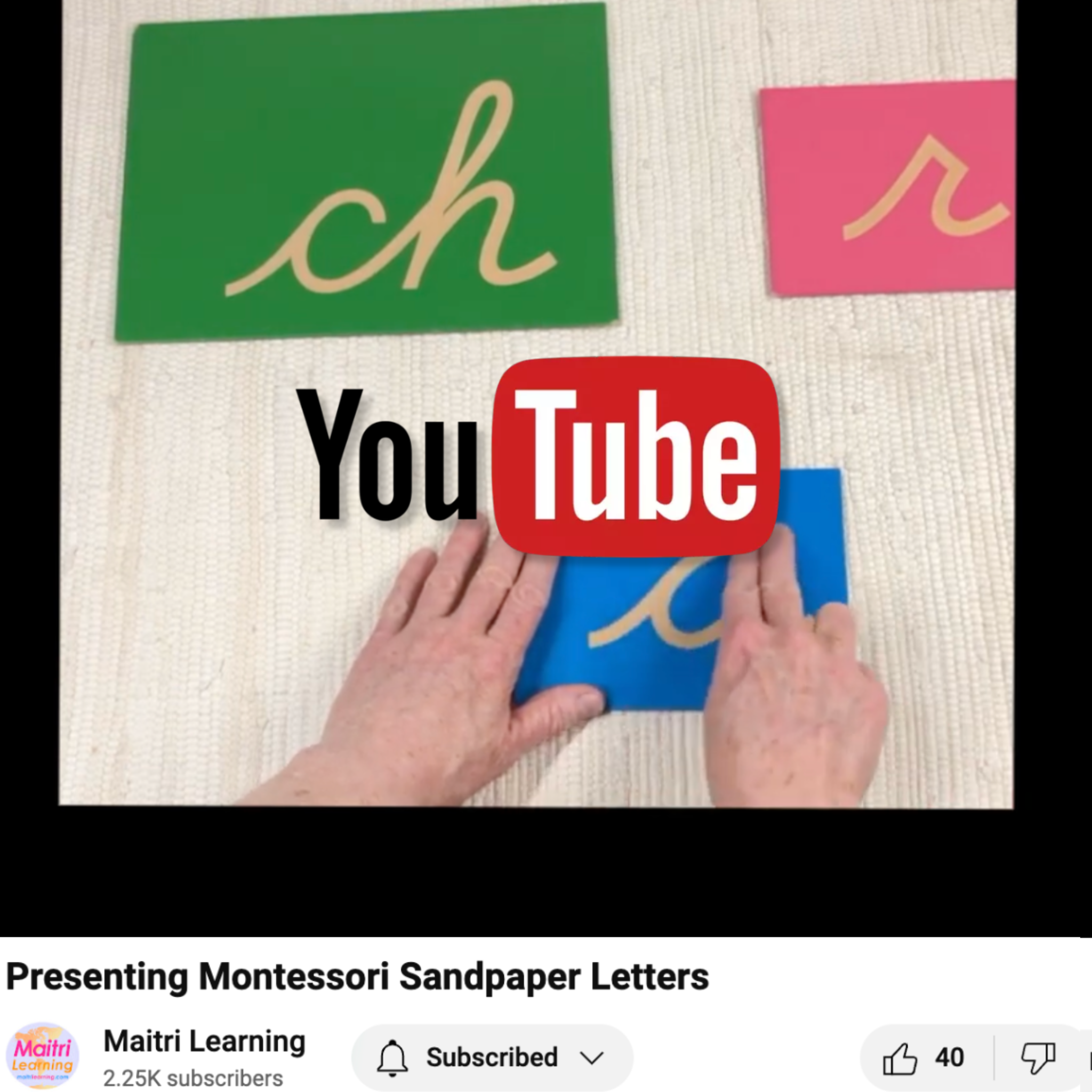
1 comment
Thank you
Lisa
Leave a comment
This site is protected by hCaptcha and the hCaptcha Privacy Policy and Terms of Service apply.